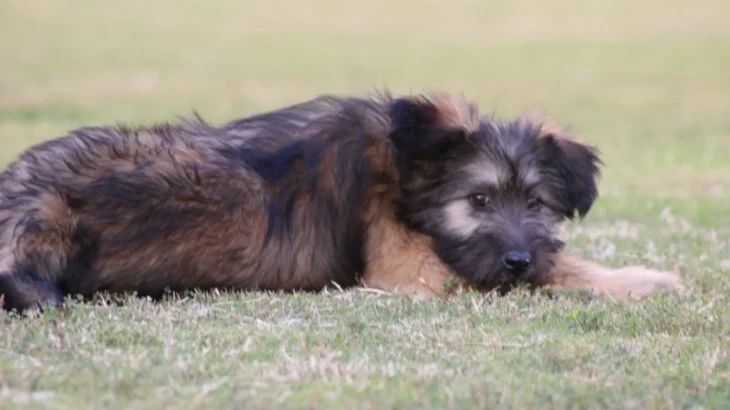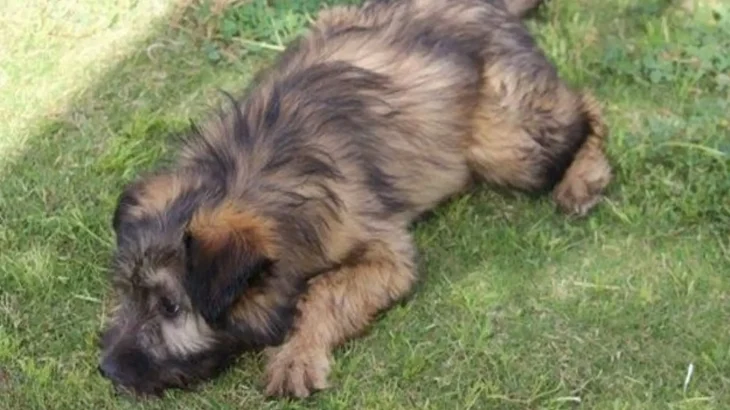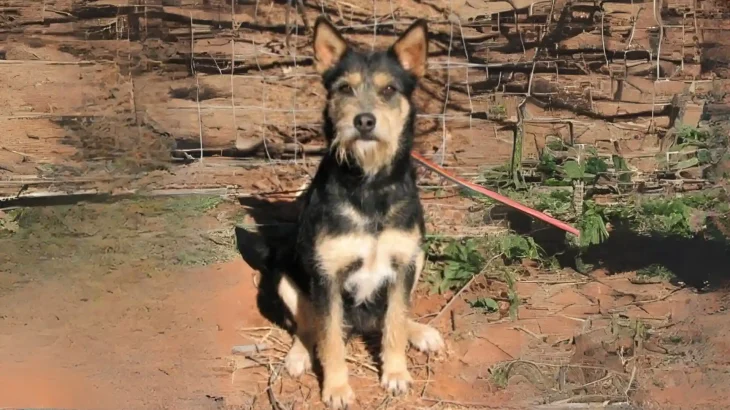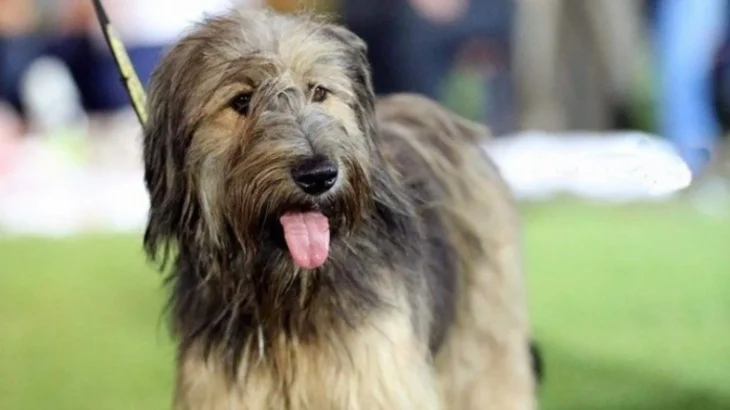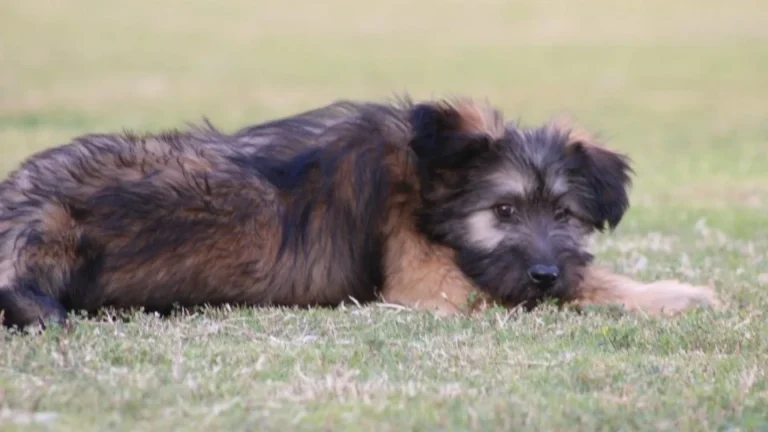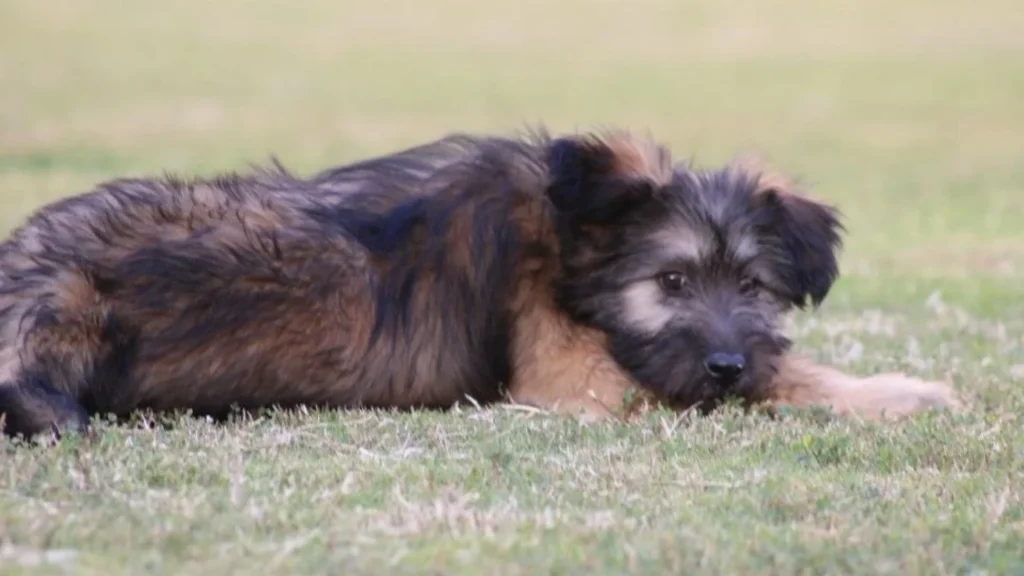Choosing between adopting or purchasing an Armant puppy depends largely on what you value most, whether it's detailed knowledge about the puppy's background or the chance to give a home to a dog in need. Purchasing from a breeder typically offers clearer insights into lineage and health, whereas adoption provides the joy of rescuing and supporting animal welfare.
Adoption vs. Breeder: Pros & Cons
| Criteria | Buying from Breeder | Adopting from Shelter/Rescue |
|---|---|---|
| Cost | Higher initial cost for purebred Armant puppies, reflecting pedigree and breeder care. | Lower fees, often include vaccinations and spaying/neutering. |
| Health History | Detailed health screenings and lineage info usually provided. | Health history may be limited, but basic vet checks are done. |
| Age Availability | Primarily young puppies for early bonding. | Various ages available, including adults ready for new homes. |
| Temperament Insight | Breeders offer info on expected breed traits. | Shelters provide behavioral observations; some background may be missing. |
| Supporting Practices | Supports responsible breeding programs preserving the breed. | Helps animal rescue efforts and lowers shelter populations. |
| Breed Purity & Pedigree | Clear pedigree and confirmed breed purity documented. | May not guarantee pure breed, but offers loving companions in need. |

